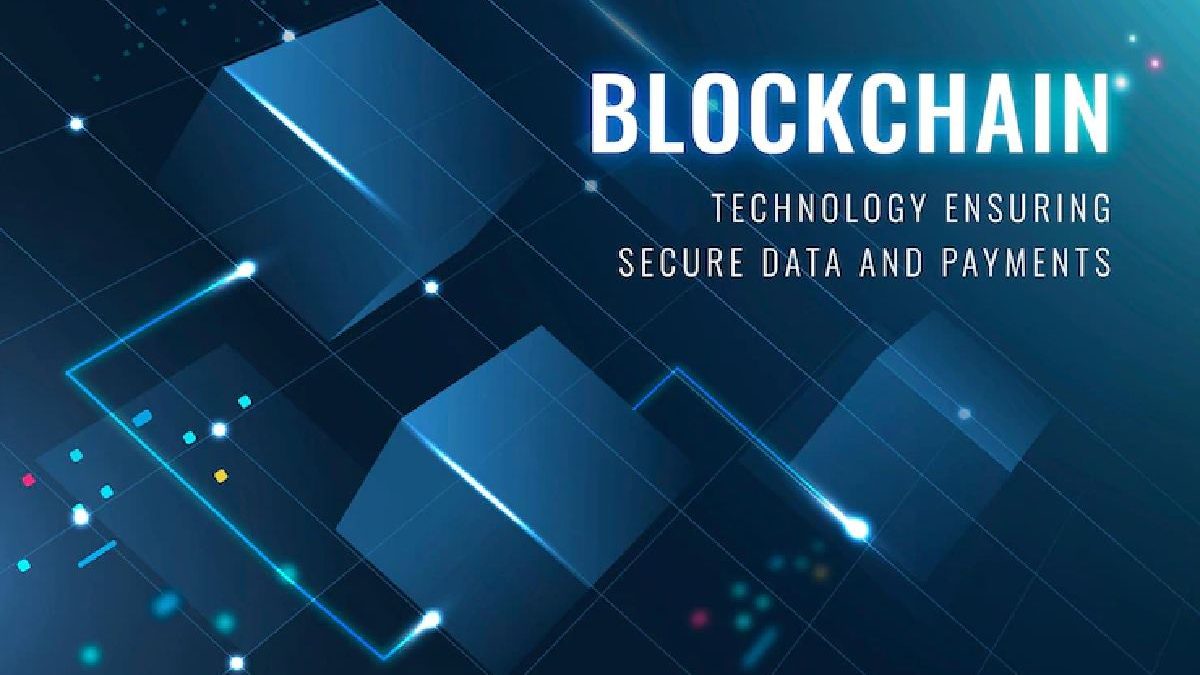Table of Contents
How Do You Creating A Blockchain?
Creating a blockchain? Now that you see how your cryptocurrency can boost your business let’s look at the critical steps for creating a blockchain.
Step 1. Know Your Usage Scenario.
Creating a blockchain? Are your business interests in smart contracts, data authentication and verification, or innovative asset management? Because clearly define your goals from the start.
Step 2. Choose A Consensus Mechanism.
For your blockchain to work correctly, the participating nodes must agree on which transactions should be careful legitimate and added to the wedge. And consensus mechanisms are the conventions that do just that. Because there are good choices to best suit your business goals.
Step 3. Choose a Blockchain Platform.
Your choice of blockchain platform will depend on the consensus mechanism you have selected. And to give you a better clue of what’s out there, so here’s a list of the most popular blockchain platforms:
Ethereum (market share — 82.70%)
Waves (WAVES)
next (NXT)
block start
Eos
BitShare 2.0
parts list
hyperbook fabric
IBM blockchain
multichannel
HydraChain
big chain
DBpenchain
chain core
QuorumIOTA
KICKICO
Step 4. Design The Distensions For Creating a blockchain?
If you imagine a blockchain as a barrier, and the nodes are the bricks that make it up. A node is an internet-connected expedient that supports a blockchain by performing various tasks, because of from storing
data to verifying and processing transactions. So Blockchains rely on nodes for efficiency, support, and security.
You have to make choices about which nodes you want to use:
What will they be in terms of permissions: private, public or hybrid?
Are they hosted in the cloud, on-premises, or both? Because next, select and purchase necessary hardware details such as processors, memory, disk size, etc.
Choose a base operating system (most common options are Ubuntu, Windows, Red Hat, Debian, CentOS, or Fedora)
Step 5. Determine The Internal Architecture Of Your Blockchain
Be careful not to change some surroundings if the blockchain platform is already running. And it is a good idea to take your time and think seriously about the following points:
Permissions (defines who can access data, perform and validate transactions, i.e. create new blocks)
Address formats (determine what your blockchain addresses will look like)
Critical structures (decide on the design of keys that will generate signatures for transactions)
Issuance of assets (establish rules for creating and listing all asset units)
Reissue of assets (set rules to build more units of open assets)
Key management (developing a system to store and protect the private keys that give access to the blockchain)
Multiple signatures (define the number of keys your blockchain needs to validate a transaction)
Atomic swaps (intelligent plan contracts that allow the exchange of different cryptocurrencies without a trusted third party)
Settings (maximum block size estimate, block mining rewards, transaction limits, etc.)
Native assets (defines the rules of a native currency issued on a blockchain)
Block signatures (determine how blockchain participants who create blocks should sign them)
Handshake (define rules about how nodes will identify each other when they connect)
Step 6. Provide APIs For Creating A Blockchain?
Make sure to check if your blockchain platform of choice offers the predefined APIs, because not all of them do. so, even if your venue isn’t, don’t worry: there are plenty of consistent blockchain API providers out there.
Step 7: Design The Border (Admin and User)
Communication is critical, and a well thought out interface ensures flat communication amid your blockchain and its members.
Step 8. Legalize Your Cryptocurrency For Creating A Blockchain?
Slowly but surely, the law is infectious up with cryptocurrencies. So you better be in for some surprises by looking at the trends around crypto regulation.
Performance Bonus Phase: Grow and Improve Your Blockchain
You’ve come this far, so don’t stop now. Get ahead of the future and think about how to move forward

